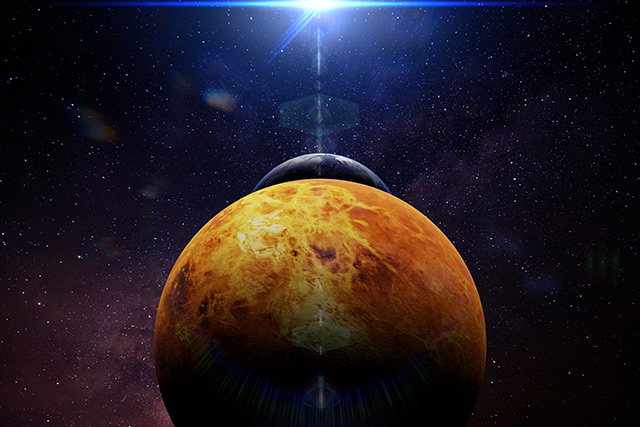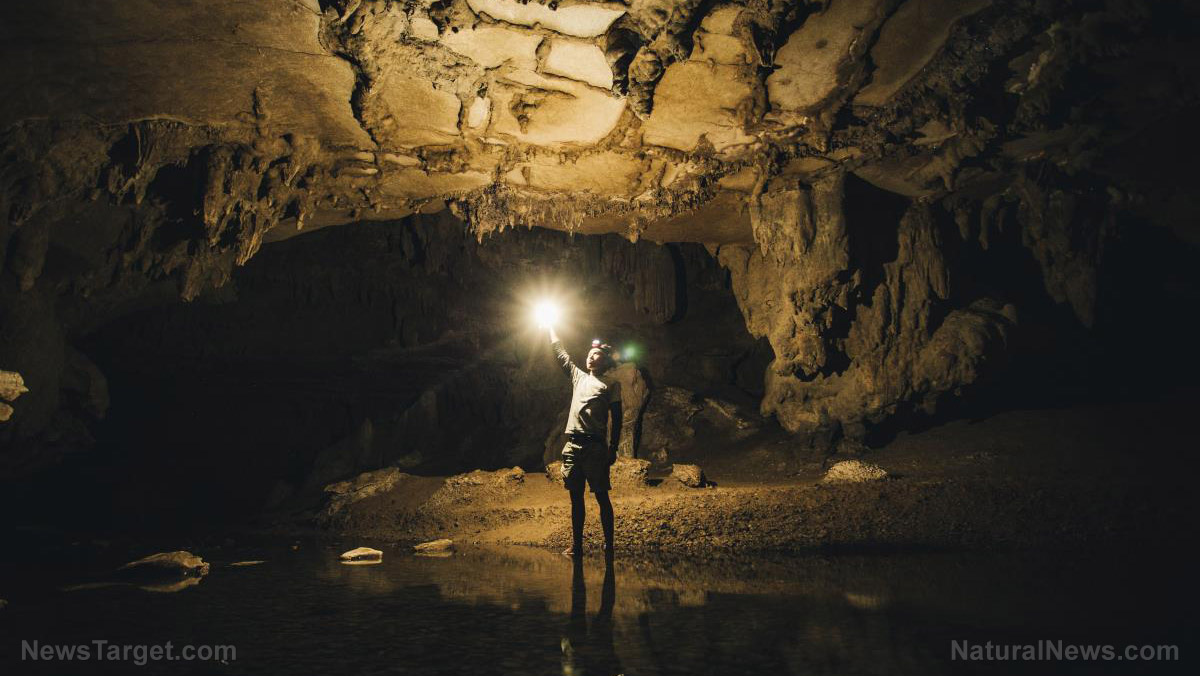ESA’s ExoMars orbiter finds “significant amounts of water” just three feet below surface of Mars
12/26/2021 / By Ethan Huff

A new discovery has been made that suggests the planet of Mars might possess an element critical to life: water.
The ExoMars orbiter, reports indicate, recently identified “significant amounts of water” hiding just three feet beneath the surface of Mars’ “Grand Canyon” region, which stretches for more than 2,400 miles.
This water-rich area of the Red Planet is said to cover a land mass roughly the size of The Netherlands. It is unclear at the current time if the water is in liquid or ice form.
Since Mars is much colder than Earth, the water is probably in ice form, even though it sits about a meter below the surface.
“We found a central part of Valles Marineris to be packed full of water – far more water than we expected,” said Alexey Malakhov from the Space Research Institute (SRI) of the Russian Academy of Sciences.
“This is very much like Earth’s permafrost regions, where water ice permanently persists under dry soil because of the constant low temperatures.”
Did there used to be life on Mars?
NASA claims that it first discovered evidence of water on Mars back in 2006. Photos of two craters, one called Terra Sirenum and the other Centauri Montes, appeared to show the presence of actual liquid water on Mars between 1999 and 2001.
Other evidence suggests that NASA discovered life on Mars more than 40 years ago, but that it was hidden from the public for political reasons.
On July 31, 2008, NASA’s Phoenix Mars lander is said to have confirmed the presence of water ice on Mars, meaning it contained many of the same elements found in water here on Earth.
Mars’ Grand Canyon and other dried out valleys and river channels point towards there having possibly been liquid water at one time that flowed freely on the surface of Mars.
Currently, NASA’s Perseverance is trekking across Mars in an approach to the Jezero Crater, which some believe was once a lake filled with liquid water as well.
“Water has been found on Mars, but only observed as ice stored in the polar cap or deep in the ground,” reported the DailyMail Online. “However, the recent discovery is one of the first to look for water closer to the surface.”
In a statement, Igor Mitrofanov from the SRI, one of the lead authors of a new study about the below-surface water discovery on Mars, had this to say:
“With TGO (the ExoMars Trace Gas Orbiter), we can look down to one meter below this dusty layer and see what’s really going on below Mars’ surface – and, crucially, locate water-rich ‘oases’ that couldn’t be detected with previous instruments.”
Mitrofanov and his team analyzed FREND observations captured between May 2018 and February 2021. This allowed them to map the hydrogen content of Mars’ soil by looking for neutrons rather than light.
When soil is hit by high-energy cosmic rays, it emits neutrons. The drier the soil, the more neutrons are emitted (wet soil releases fewer neutrons).
Using this method, researchers have been able to identify areas of Mars where they believe water might be lurking underneath the surface.
“FREND revealed an area with an unusually large amount of hydrogen in the colossal Valles Marineris canyon system: assuming the hydrogen we see is bound into water molecules, as much as 40 percent of the near-surface material in this region appears to be water,” Mitrofanov is further quoted as saying.
“Overall, we think this water more likely exists in the form of ice.”
Since liquid water is a critical element for maintaining life, the potential discovery of it on Mars could mean that lifeforms once lived there.
More related news can be found at Space.news.
Sources for this article include:
Tagged Under: breakthrough, Candor Chaos, discoveries, Europe Space Agency, ExoMars, Life on Mars, liquid water, Mars, outer space, planets, red planet, Trace Gas Orbiter, water
RECENT NEWS & ARTICLES
COPYRIGHT © 2017 SPACE.COM
All content posted on this site is protected under Free Speech. Space.com is not responsible for content written by contributing authors. The information on this site is provided for educational and entertainment purposes only. It is not intended as a substitute for professional advice of any kind. Space.com assumes no responsibility for the use or misuse of this material. All trademarks, registered trademarks and service marks mentioned on this site are the property of their respective owners.




















